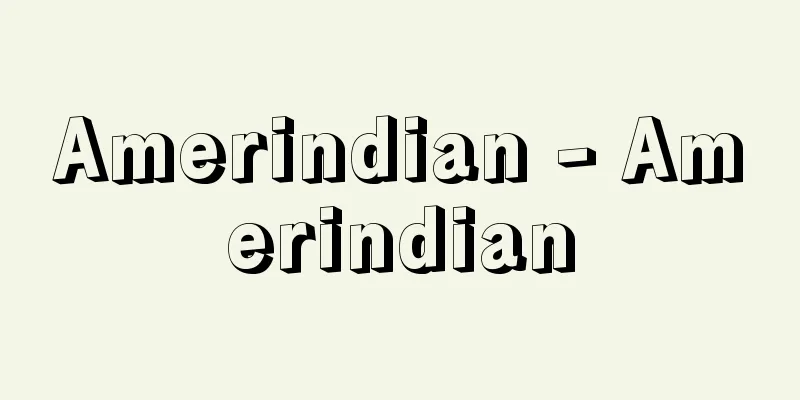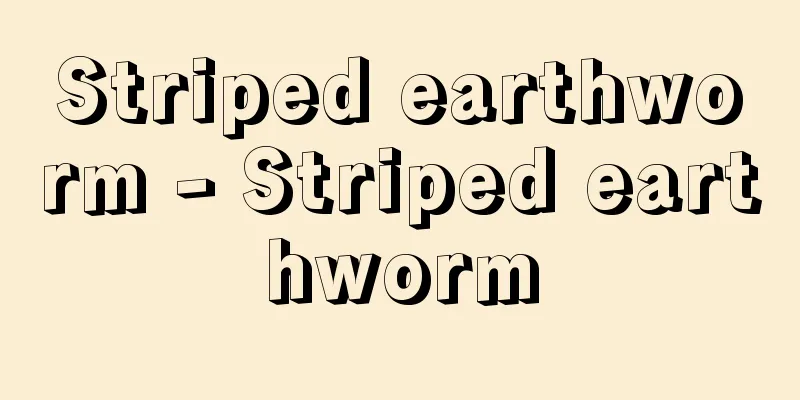Amerindian - Amerindian

|
…The name Indian comes from the fact that Columbus, who discovered the New World, believed it to be the Indies and wrote the natives as Indians in his report to the King of Spain. They are also called Amerindians or Amerinds. It is believed that the ancestors of the Indians came to the New World via the current Bering Sea region and then dispersed throughout both North and South America. … *Some of the terminology explanations that mention "Amerindian" are listed below. Source | Heibonsha World Encyclopedia 2nd Edition | Information |
|
…インディオという呼称は,新大陸を発見したコロンブスが,そこをインディアスと信じ,スペイン国王への報告書に原住民のことをインディオと書いたことに由来する。別称として〈アメリンディアンAmerindian〉〈アメリンドAmerind〉ともいう。 インディアンの祖先は,現在のベーリング海地域を経由して新大陸に渡来し,のち南・北両アメリカ各地に分散したと考えられている。… ※「アメリンディアン」について言及している用語解説の一部を掲載しています。 出典|株式会社平凡社世界大百科事典 第2版について | 情報 |
Recommend
Yasuda Yoshisada - Yasuda Yoshisada
Year of death: August 19, 1194 (September 5, 1194)...
Aegithalidae
...They spend the winter in their own territories...
Tripitaka Master Cimin (English: Tripitaka Master Cimin)
680‐748 A monk from the Tang Dynasty in China, and...
Hyperventilation syndrome
What kind of disease is it? Main symptoms and prog...
Rock bolt
Also called rock bolts. A type of tunnel support m...
Lao She - Lao She
Chinese novelist and playwright. Born a Manchu ba...
Buccal position
…This is called vertex or occipital presentation....
Bao Zheng; Pao Chêng
[Raw] Hampyeong 3 (1000) [Died] Kayu 7 (1062) A fa...
Iga [town] - Iga
Iga is an old town in Ayama District, located in t...
Teaching - Kyokai
Year of death: May 28, 1093 (June 24, 1093) Year o...
Mantle cavity
…In particular, in cephalopods, the color of the ...
Atlantes - Atlantes (English spelling)
A column in Greek architecture with a male statue...
Temperature coefficient
This is a coefficient used when expressing somethi...
Chersonesos (English spelling)
...Around the 8th and 7th centuries BC, the Scyth...
Hiramezaki - Hiramezaki
A cape in the southern part of Echizen Town, Nyu ...









